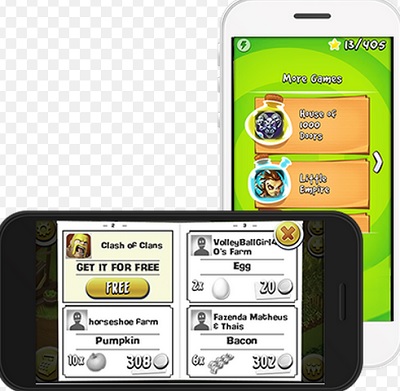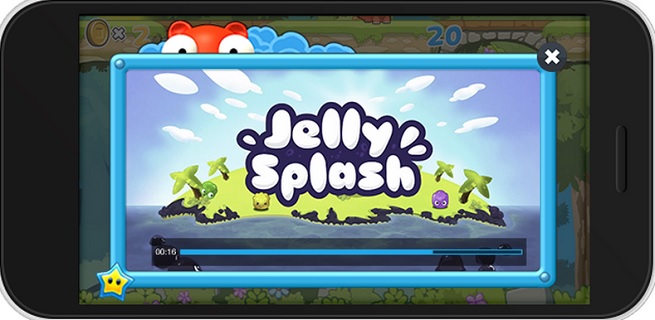Chartboost wants to be the mobile game developer’s best friend, and it’s doing that this week by launching two new ways to advertise games. The company enables developers get free game installations by permitting them to swap traffic with each other. And now it can do so via video ads and in-game ads.
This kind of developer-friendly service is why Chartboost has been integrated into more than 60,000 games, with 12 billion game sessions per month.
“We’ve been listening to our developers, and they’ve been asking for this,” said Maria Alegre, the chief executive of Chartboost in San Francisco. “This goes directly to what makes us different, as the developer has 100 percent control over the user experience.”
Chartboost Video makes it easy for mobile game makers to integrate video ads into their games. Players who don’t want to pay real money for a virtual good can still earn it by viewing a video ad. If the player completes the ad, they earn virtual currency or in-game items as rewards.
AI Weekly
The must-read newsletter for AI and Big Data industry written by Khari Johnson, Kyle Wiggers, and Seth Colaner.
Included with VentureBeat Insider and VentureBeat VIP memberships.
Chartboost InPlay is the company’s native advertising solution. It’s a custom ad that the developer has 100 percent control over in terms looks and who sees it. InPlay enables developers to display ads directly within the players’ gameplay so that it doesn’t take them out of the game. The ad is “native” because it shares the same “look and feel” of the game.
In the closed beta, developers will be able to use their video technology as part of Chartboost’s Cross-Promotion and Direct Deals Marketplace, for free. They will be able to use it with the Chartboost Ad Network soon there after.
The Direct Deals Marketplace is a network for game developers to connect and negotiate advertising deals. Developers can test ad campaigns with thousands of games, identify the best performing partners, and find the best fit without parties having to work with a middleman and pay any fees.
For example, developers like GungHo and Supercell agree on pricing and traffic numbers, basically allowing them to share users with each other via ads. So GungHo may advertise Supercell’s Clash of Clans game to GungHo’s Puzzle & Dragons users and vice versa.
The InPlay ads will also be available in Cross-Promotion and Direct Deals for free. If they advertise with Chartboost’s Ad Network, they pay a 30 percent fee. Both the video and InPlay ads are self-serve and have dashboard tracking and analytics.
Up until now, Charboost’s clients among game developers could advertise to each other’s audiences, but not with the best possible ads. By enabling video ads, players will be able to see exactly what a game looks like. So if they click through on the ad, they will be more likely to play the game and stay with it, Alegre said.
Alegre said Chartboost remains committed to removing the “black boxes” of mobile platforms by giving developers full transparency and control over their game data. Chartboost provides partners with an applications programming interface (API) and the developer integrates it as they wish. Both Chartboost Video and InPlay are available in closed-beta tests today. It takes about an hour to integrate them into an app.
Chartboost customers include King, Imangi, Nimblebit, Pik Pok, Pocket Gems, Supercell, and Wooga. Chartboost has 110 employees in Amsterdam and San Francisco.
VentureBeat's mission is to be a digital town square for technical decision-makers to gain knowledge about transformative enterprise technology and transact. Learn More


